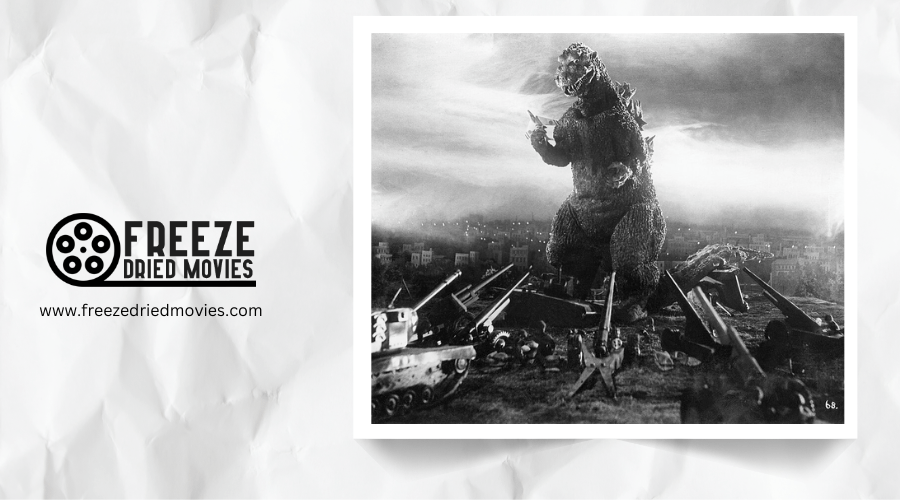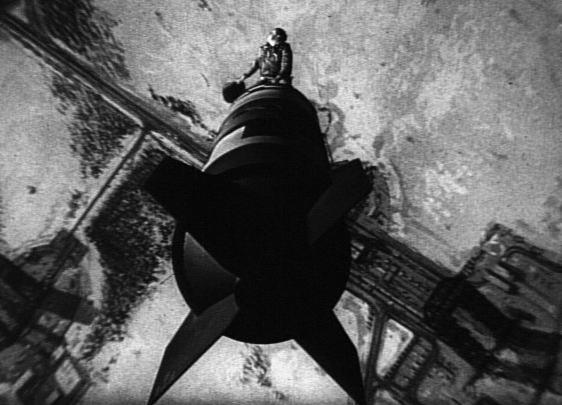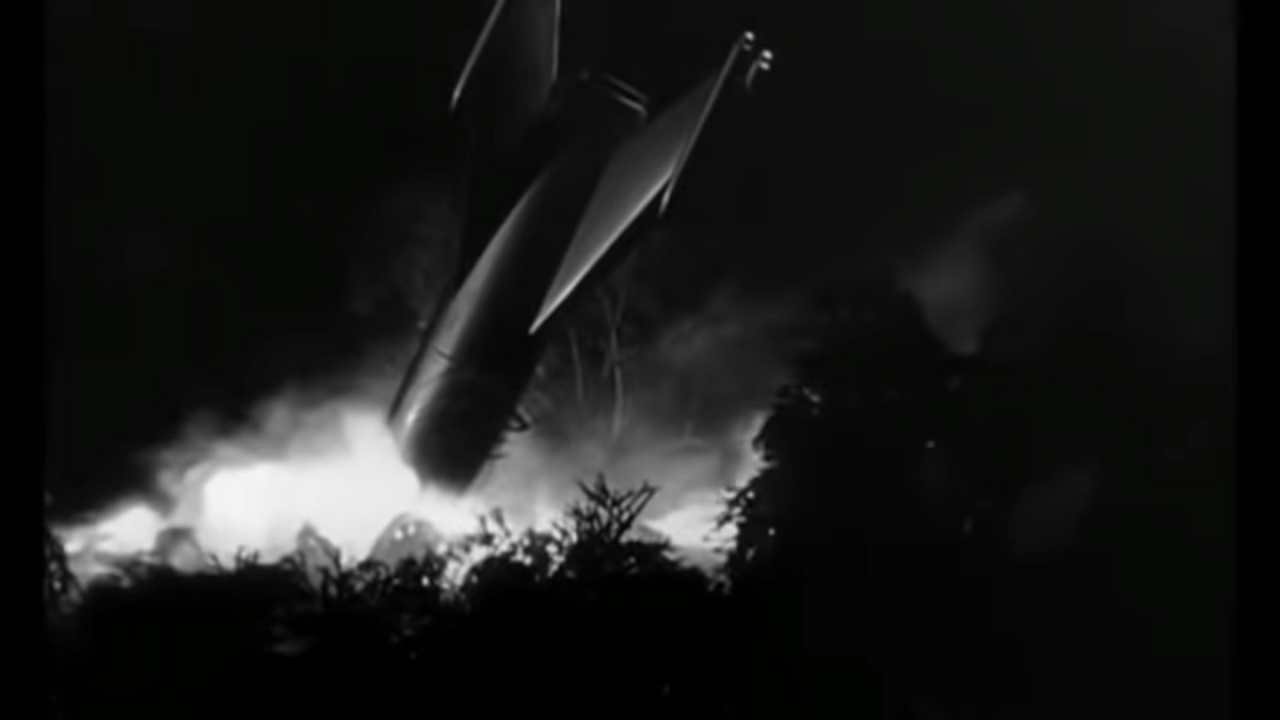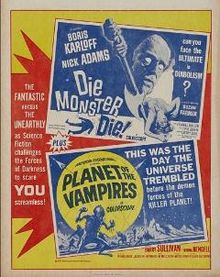Science Fiction and Horror: the 1960S Love Affair With the Unknown

You'll find the 1960s marked a transformative era where science fiction and horror films evolved beyond simple entertainment. The Space Race and Cold War anxieties fueled a surge in sophisticated storytelling, with films like 2001: A Space Odyssey and Planet of the Apes reflecting society's deepest fears and hopes. Through groundbreaking special effects and thought-provoking narratives, these genres captured humanity's complex relationship with the unknown. The fascinating expedition of this cinematic evolution holds many more surprising revelations.
The Space Race's Influence on 1960s Cinema
The 1960s space race between the United States and Soviet Union sparked an unparalleled surge in science fiction cinema. You'll find films like 2001: A Space Odyssey and Planet of the Apes reflecting society's growing fascination with what lay beyond Earth's atmosphere. These science fiction masterpieces weren't just entertainment - they served as vehicles to investigate deeper questions about humanity's place in the cosmos.
As you immerse into this era's filmmaking, you'll notice how directors skillfully wove Cold War anxieties into their narratives. The Blob and similar creature features tapped into fears of nuclear warfare, while the Quatermass series examined the psychological impact of space exploration. These films didn't just mirror the technological advances of their time; they challenged viewers to contemplate the moral and existential implications of humanity's greatest quest. Much like Kurosawa's innovative techniques transformed storytelling in Japanese cinema, these sci-fi films revolutionized how complex themes could be explored through genre filmmaking.

Nuclear Fears and Monster Movies
While space exploration intrigued audiences with its promise of unearthing, an equally powerful undercurrent of fear shaped 1960s cinema through monster movies born from nuclear anxieties.
These movies featured oversized creatures mutated by radiation, serving as stark metaphors for humanity's dangerous dance with nuclear power. Despite their often-primitive special effects, these films struck a chord with viewers who lived under the constant shadow of potential nuclear conflict.
What's particularly telling is how these movies portrayed scientists and military leaders as helpless against these unstoppable forces, reflecting your generation's growing skepticism about authority's ability to protect you from the terrifying unknowns of the atomic age.
Films like "Godzilla" and "The Blob" weren't just horror stories - they were manifestations of society's deepest Cold War fears.
The Red Scare anxieties deeply influenced these horror narratives, combining fear of communist infiltration with the looming threat of nuclear destruction.

Social Commentary Through Alien Encounters
Beyond terrifying monsters and atomic fears, science fiction in the 1960s cleverly wielded alien encounters as powerful tools for social commentary. You'll find films like Quatermass Investigations and Planet of the Apes using minimal special effects to investigate deeper themes about humanity's relationship with technology and power.
In masterpieces like 2001: A Space Odyssey, you're challenged to contemplate mankind's evolution through the mysterious alien monolith - a stark reminder to be cautious about what you seek when pursuing technological advancement. European contributions augmented this dialogue, with works like Fahrenheit 451 using alien-influenced narratives to critique societal control and rampant consumerism. These films transformed your anxieties about space travel, nuclear war, and shifting social values into compelling stories that still resonate today. Much like Night of the Living Dead, which used zombies to explore racism and societal breakdown, these science fiction films masterfully wove social messages into their otherworldly narratives.
Technological Evolution in Special Effects
Making pioneering strides throughout the 1960s, special effects technology revolutionized how audiences experienced science fiction and horror on screen. You'd witness the evolution from traditional stop-motion techniques used in classic horror movies to novel optical effects that altered the Film Institute's perception of what's possible in cinema.
The marriage of practical and visual effects created unparalleled realism. You'll find stunning examples in films like 2001: A Space Odyssey, where matte paintings and miniatures crafted believable space environments, while Planet of the Apes showcased revolutionary makeup and prosthetics.
The introduction of bluescreen compositing let filmmakers seamlessly blend fantastical elements with live action. From animatronic creatures to pyrotechnic spectacles, these innovations didn't just enhance storytelling - they reshaped it, setting new standards for creating otherworldly experiences.

The Shift From B-Movies to Serious Science Fiction
As special effects matured in the 1960s, audiences' expectations for science fiction evolved far beyond rubber-suited monsters and flying saucers. You'll find that filmmakers began crafting sophisticated narratives that tackled complex philosophical and social themes, marking a dramatic departure from the B-movie era.
The British film industry led this transformation with Quatermass Investigations, while Stanley Kubrick's 2001: A Space Odyssey revolutionized the genre with its pioneering visuals and insightful exploration of human evolution. You'll notice how Cold War tensions and the space race influenced these films, pushing directors to address deeper questions about technology, mortality, and humanity's place in the universe.
This new wave of serious science fiction didn't just entertain - it challenged you to think about society's most pressing issues through the lens of speculative storytelling.

British and European Contributions to the Genre
The European film industry brought unique viewpoints to 1960s science fiction, blending cultural sensibilities with innovative storytelling approaches. While Britain delivered the thought-provoking Quatermass series, with performances from Andrew Keir and Leo McKern, continental Europe pushed creative boundaries in different directions.
Europe's 1960s science fiction films challenged conventions and investigated complex themes through their distinct cultural lenses, proving that the genre could be both intellectually stimulating and visually ambitious. You'll find Ray Bradbury's dystopian vision expertly adapted in François Truffaut's Fahrenheit 451, while Italy's contributions ranged from the influential Planet of the Vampires to the satirical The Tenth Victim.
The era also saw stunning comic book adaptations like Barbarella from France and Italy's Danger: Diabolik, which showcased Europe's flair for visual storytelling. These films didn't just entertain - they challenged conventions and investigated complex themes through their distinct cultural lenses, proving that science fiction could be both intellectually stimulating and visually ambitious.
Parallel Development of Horror and Sci-Fi Themes
During the 1960s, horror and science fiction flourished together in a novel creative fusion, sharing themes that reflected humanity's deepest fears and aspirations. You'd find both genres exploring similar territory, from the perils of unchecked technological advancement to the psychological strain of space exploration.
While TV horror shows often featured experts called in to investigate supernatural phenomena, theatrical releases probed deeper into mankind's existential concerns.
The decade's most influential works, like 2001: A Space Odyssey and Planet of the Apes, skillfully combined thrilling narratives with meaningful social commentary. You'll notice how both genres drew heavily from literature, adapting classic works to address contemporary anxieties about nuclear warfare, extinction, and technological progress.
This parallel development created a rich fabric of storytelling that continues to influence filmmakers today.
http://www.posterwire.com/image.php?img_full=/wp-content/images/double_feature.jpg&img_title=Planet%20of%20Vampires, Poster doble programa, CC BY-SA 4.0




